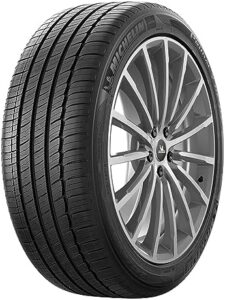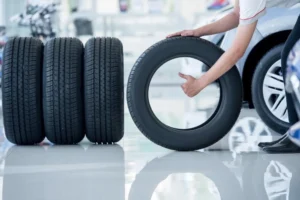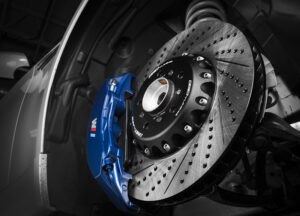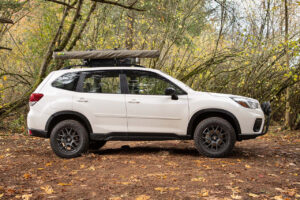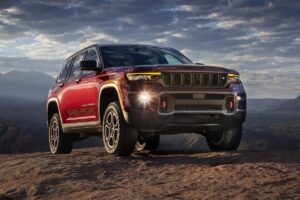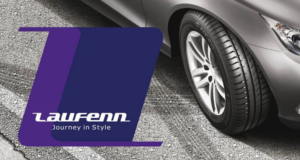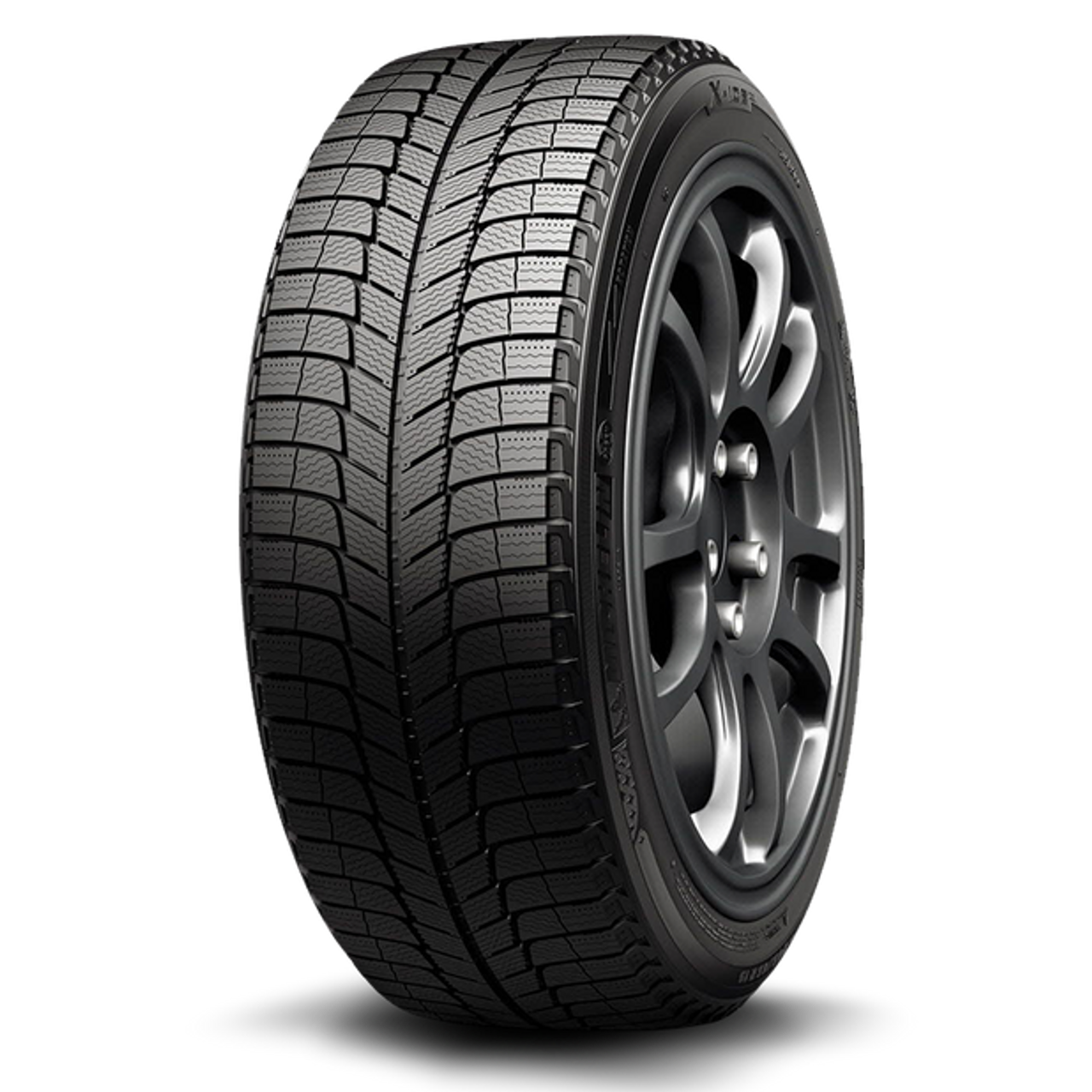
1. Michelin X-Ice Xi3
Michelin X-Ice Xi3: These tires have been a favorite among drivers for their exceptional ice and snow traction. They also have a long tread life and provide a smooth, quiet ride.
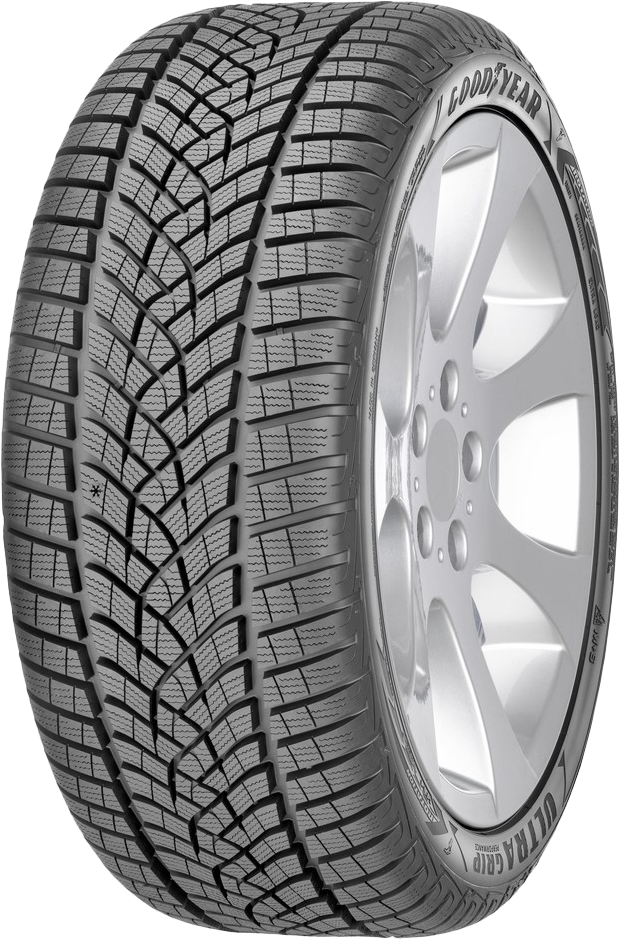
2. Goodyear UltraGrip Performance 2
Goodyear UltraGrip Performance 2: These tires are designed for high-performance vehicles and offer excellent handling in winter conditions. They also have a unique tread design that helps to improve braking and traction on snow and ice.

3. Continental WinterContact TS 860
Continental WinterContact TS 860: These tires are engineered for luxury cars and SUVs and provide superior handling and traction in winter conditions. They also have a long tread life and provide a comfortable, quiet ride.
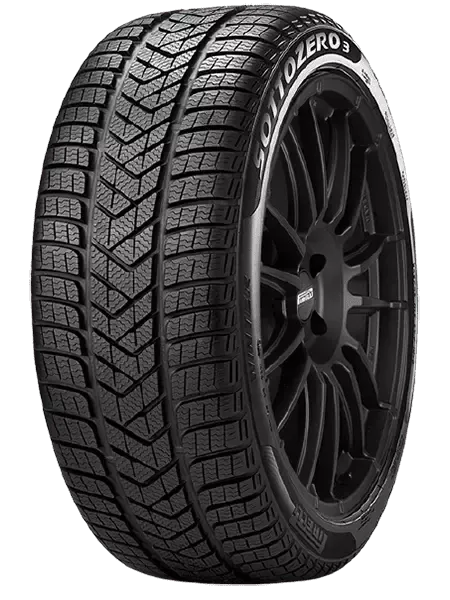
4. Pirelli Winter Sottozero 3
Pirelli Winter Sottozero 3: These tires are designed for high-performance vehicles and offer exceptional handling and traction in winter conditions. They also have a unique tread design that helps to improve braking and traction on snow and ice.

5. Dunlop Winter Sport 5
Dunlop Winter Sport 5: These tires are designed for high-performance vehicles and offer exceptional handling and traction in winter conditions. They also have a unique tread design that helps to improve braking and traction on snow and ice.
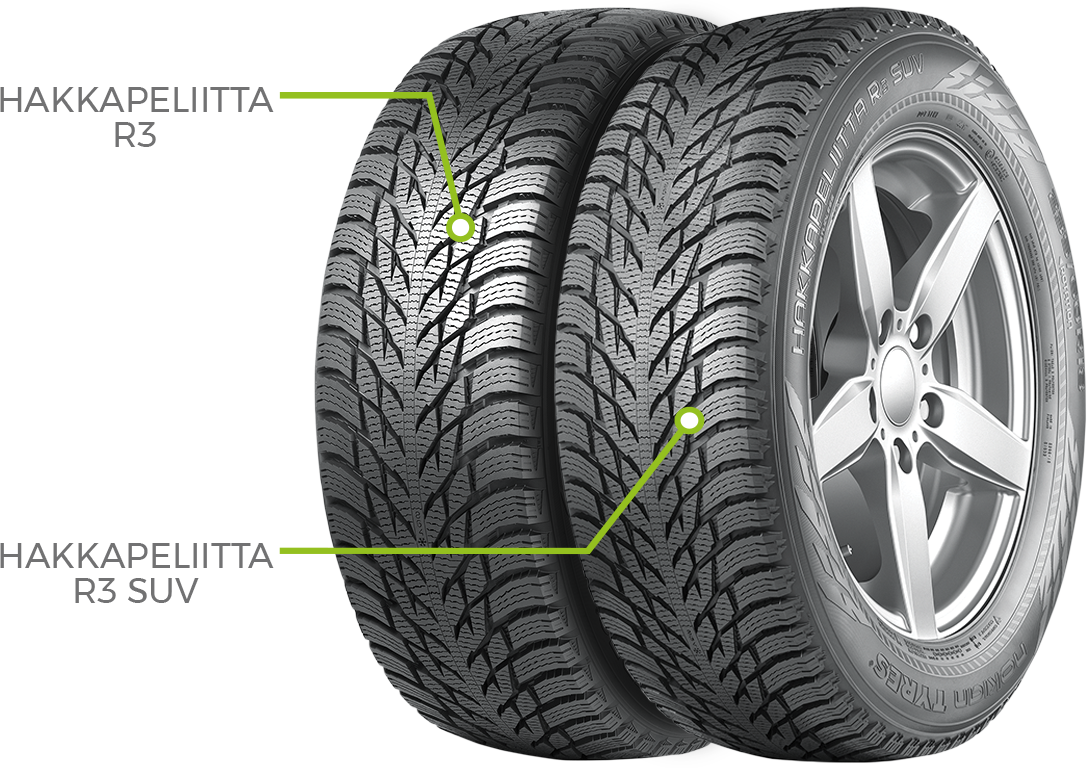
6. Nokian Hakkapeliitta R3
Nokian Hakkapeliitta R3: These tires are designed for high-performance vehicles and offer exceptional handling and traction in winter conditions. They also have a unique tread design that helps to improve braking and traction on snow and ice.
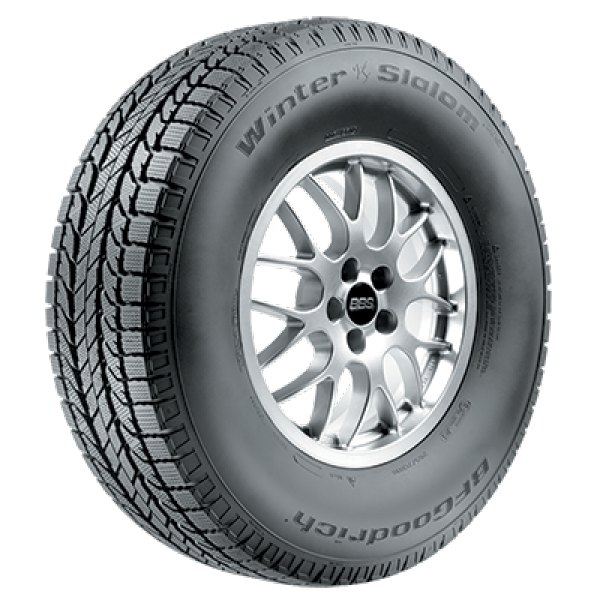
7. BF Goodrich Winter Slalom KSI
BF Goodrich Winter Slalom KSI: These tires are designed for high-performance vehicles and offer exceptional handling and traction in winter conditions. They also have a unique tread design that helps to improve braking and traction on snow and ice.

8. Yokohama Ice Guard IG20
Yokohama Ice Guard IG20: These tires are designed for luxury cars and SUVs and provide superior handling and traction in winter conditions. They also have a long tread life and provide a comfortable, quiet ride.
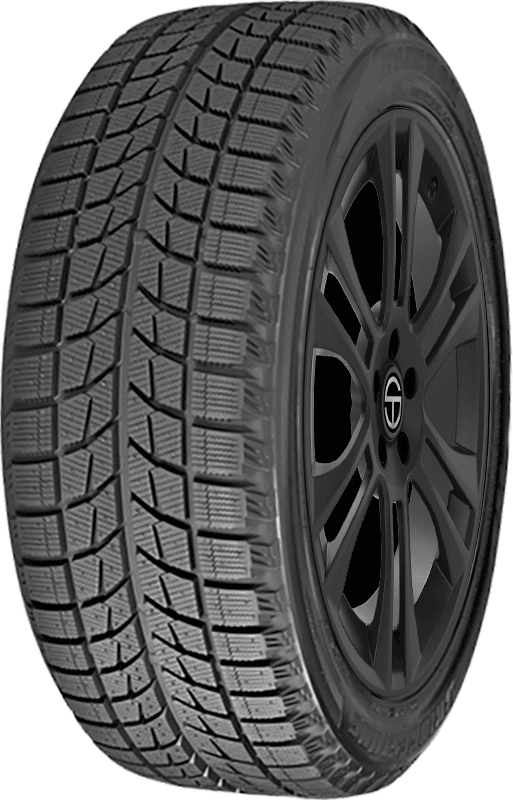
9. Bridgestone Blizzak LM-60
Bridgestone Blizzak LM-60: These tires are designed for luxury cars and SUVs and provide superior handling and traction in winter conditions. They also have a long tread life and provide a comfortable, quiet ride.

10. Firestone Winterforce 2
Firestone Winterforce 2: These tires are designed for high-performance vehicles and offer exceptional handling and traction in winter conditions. They also have a unique tread design that helps to improve braking and traction on snow and ice.
- Snowflake symbol: Tires with this symbol have been specifically designed and tested for severe snow conditions.
- M+S rating: Tires with an M+S (mud and snow) rating have been designed to provide better traction in snowy and muddy conditions.
- Studded or studdable: Some tires come with metal studs or have the option to add studs, which can provide even better traction on icy roads. However, in some areas, studded tires are only permitted during specific winter months, so be sure to check local laws before purchasing.
- Tire Pressure Monitoring System (TPMS): This system alerts the driver when the tire pressure is low and can be a useful feature to have in winter as low tire pressure can affect the vehicle’s handling and performance in cold weather.
- Always check the vehicle’s owner manual for the specific recommendations regarding tire type, size and pressure, and follow the manufacturer’s recommendations for tire rotation and maintenance to ensure the best performance and longevity.
Remember that tires are the only contact between vehicle and the road, so it’s important to choose the best set for your specific needs and driving conditions, especially during winter. It’s also important to note that even with the best tires, it’s still important to drive safely and to adapt your driving style to the road conditions.

